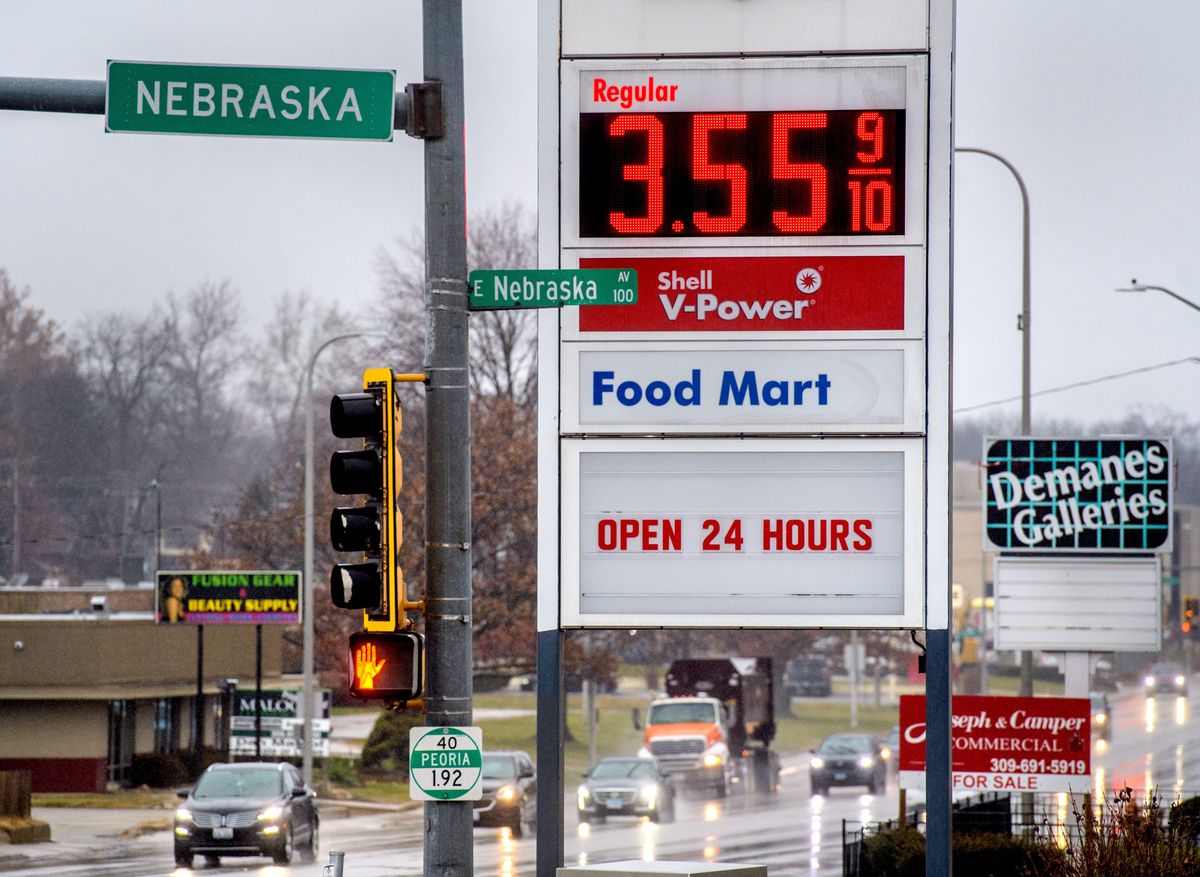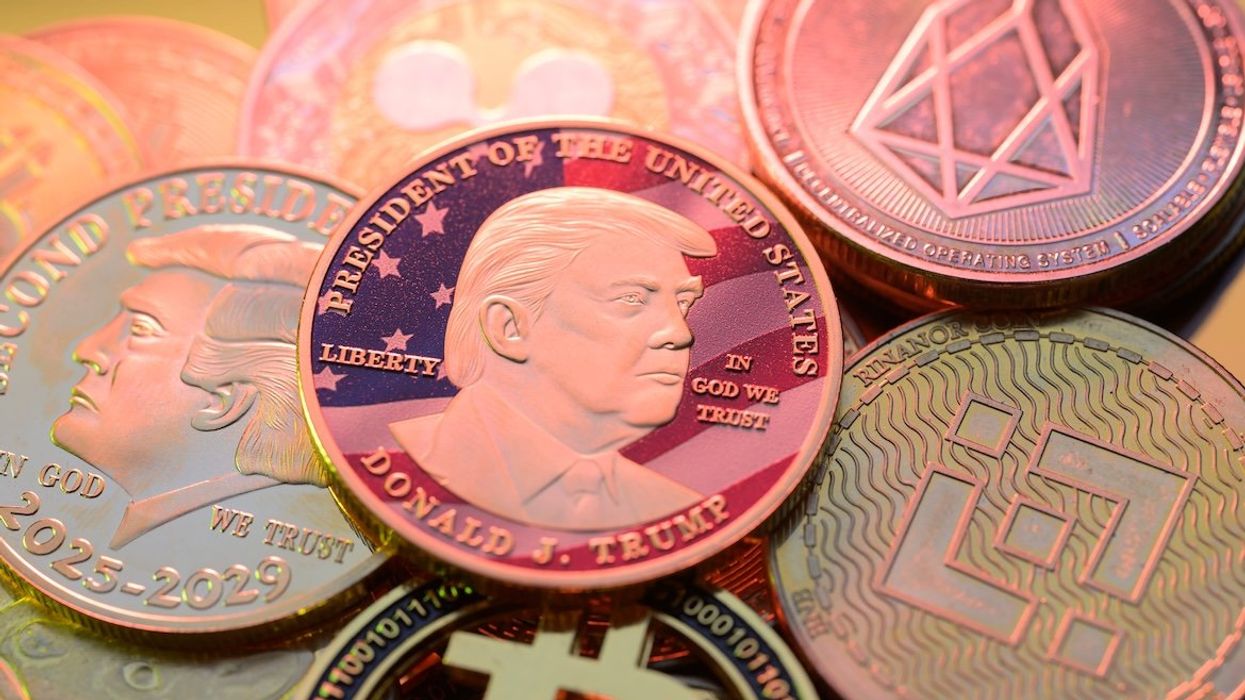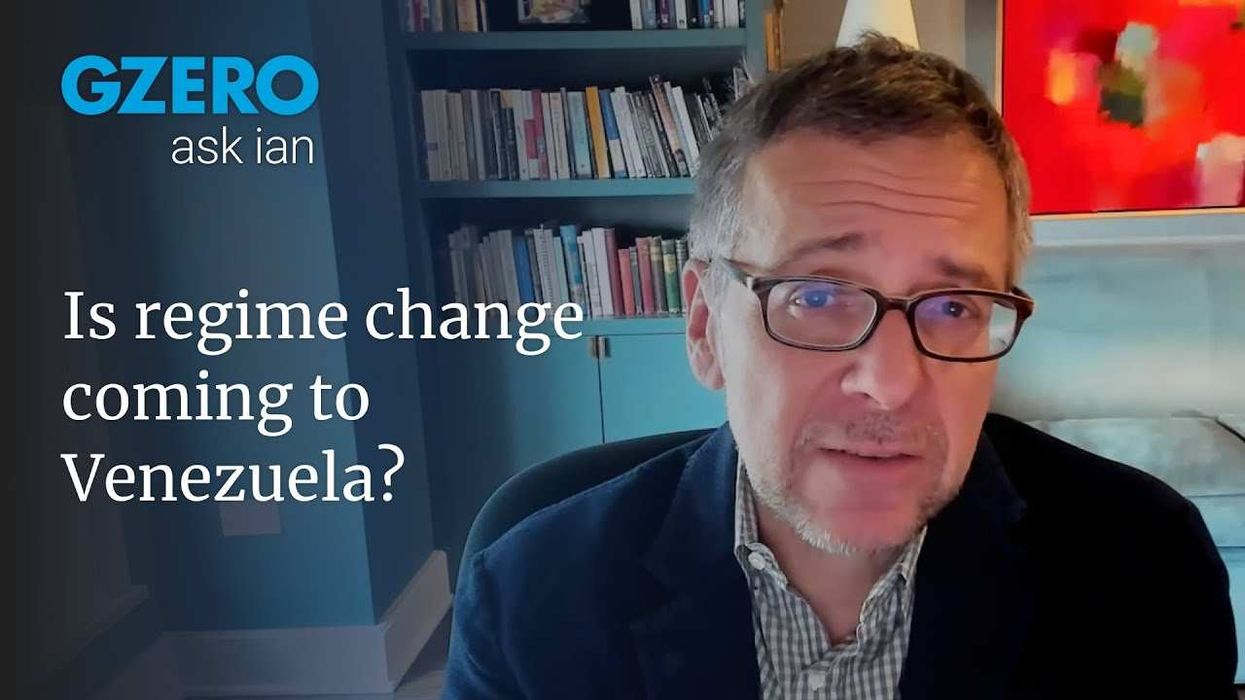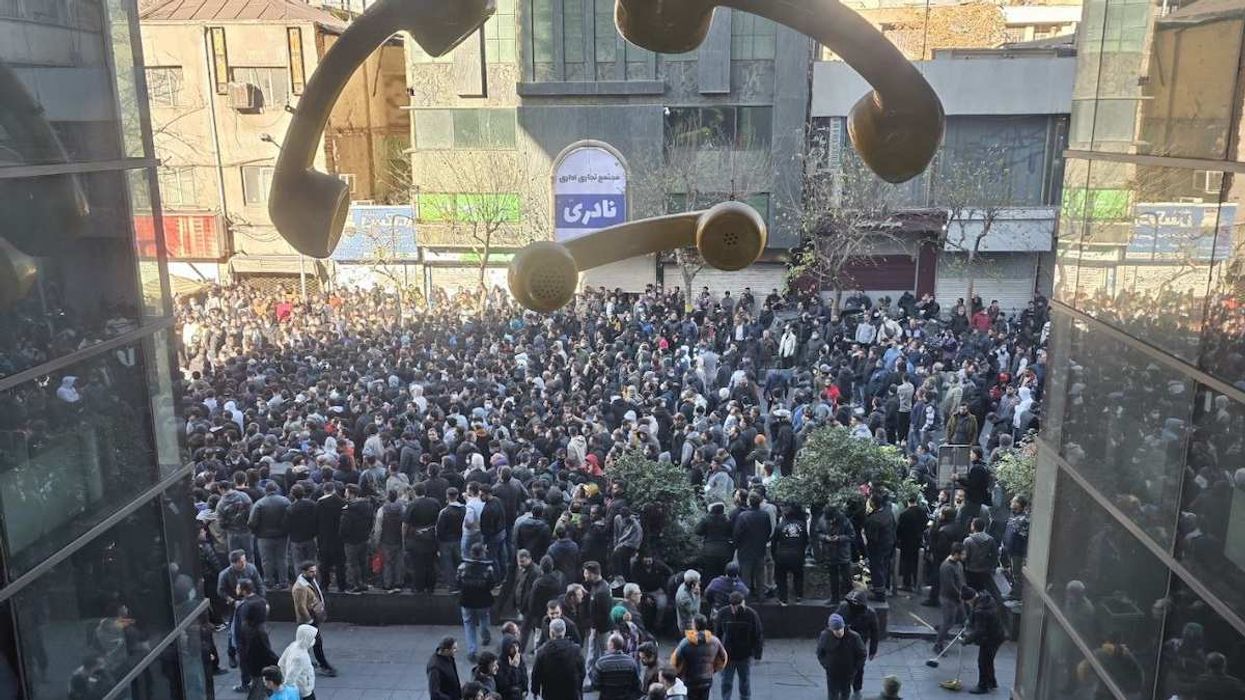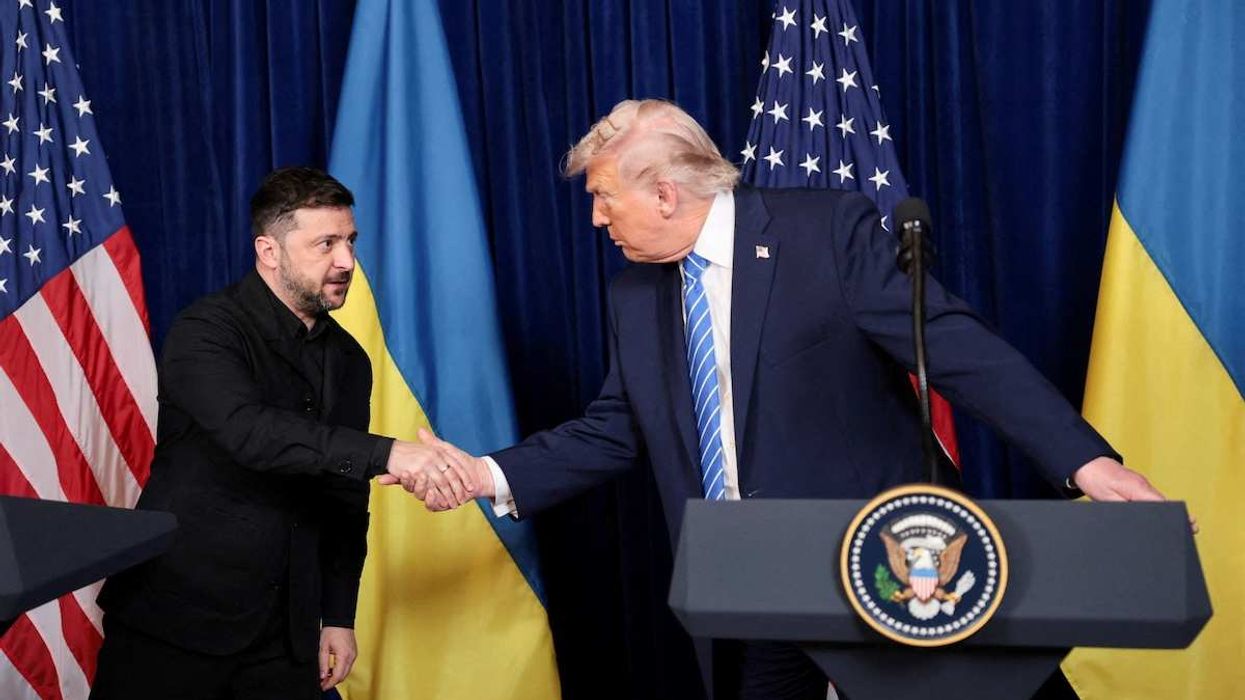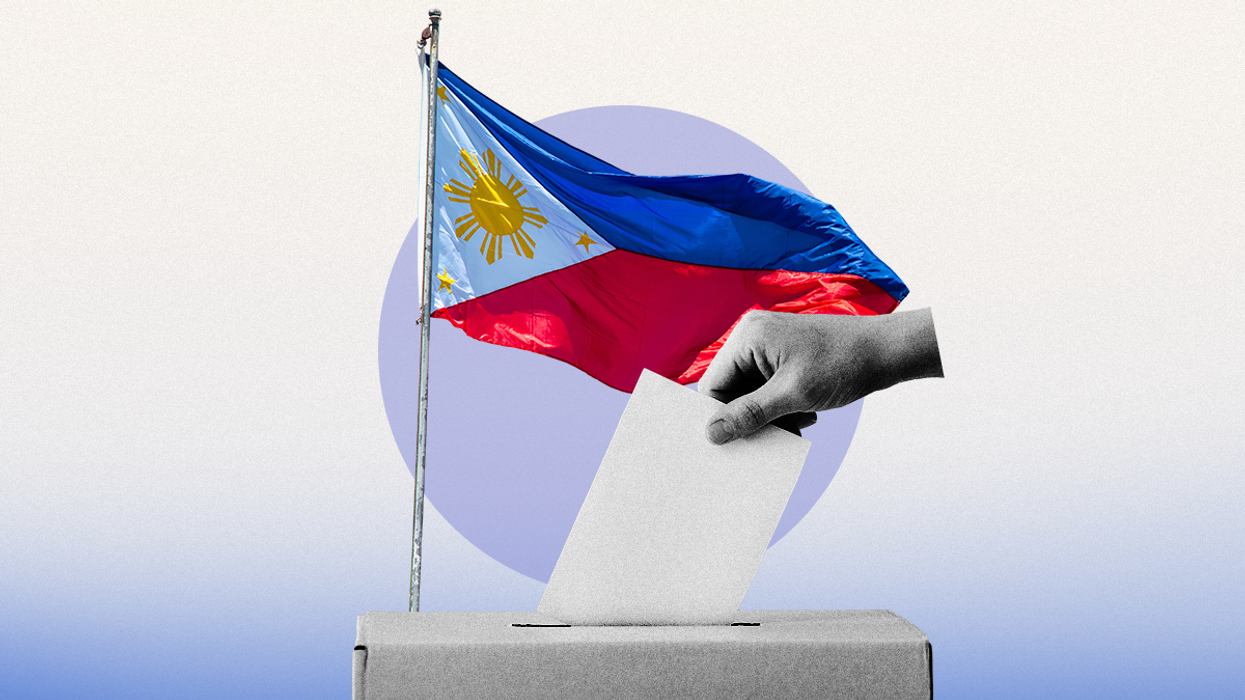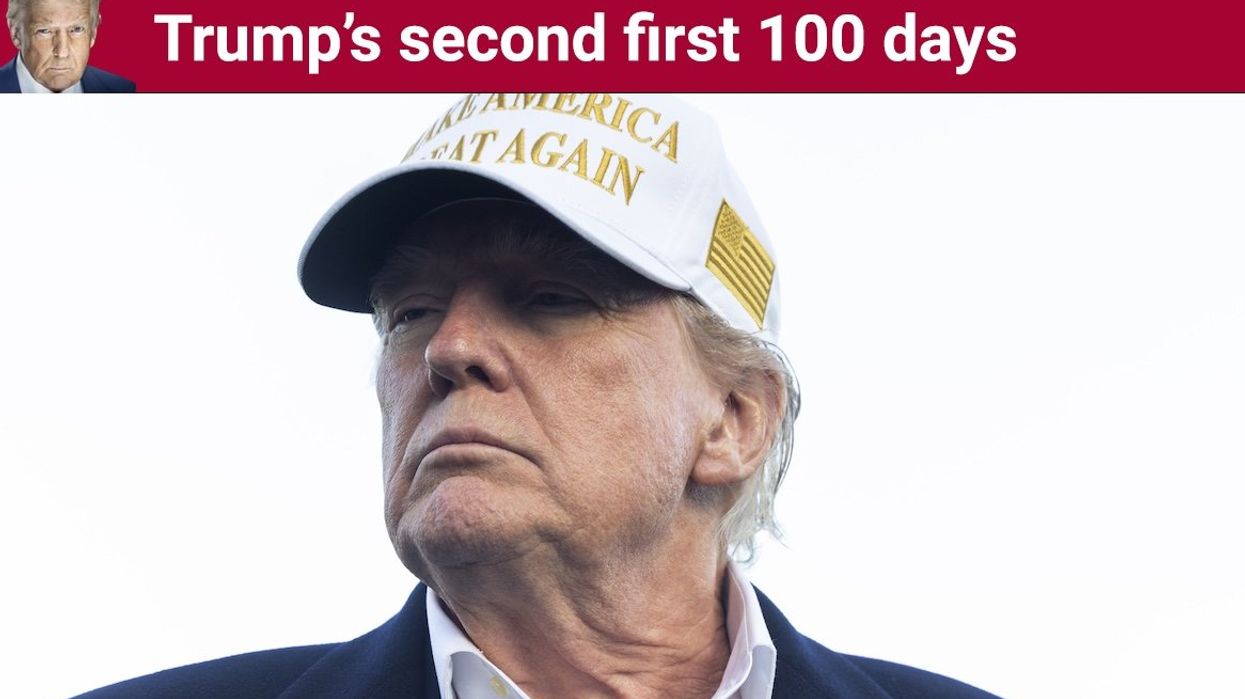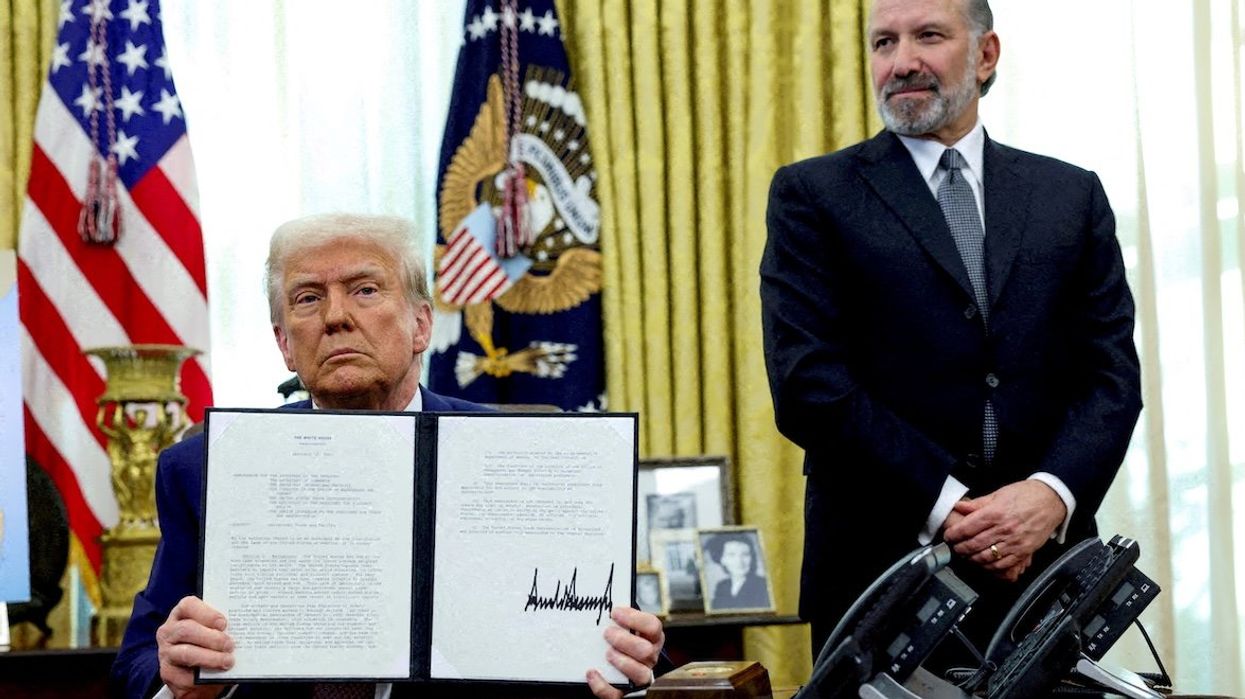US domestic politics and oil markets have come together in an unprecedented fashion in recent weeks. Soaring gasoline prices and persistently high inflation that are raising concerns about US President Joe Biden’s agenda have prompted extraordinary steps by his administration to bring down prices at the pump. We spoke with the head of Eurasia Group’s energy practice, Raad Alkadiri, to understand these measures and their potential impact.
What steps has Biden taken?
First, the Biden administration announced that it would release up to 50 million barrels of oil, equal to about three days of US consumption, from the Strategic Petroleum Reserve stockpile over the coming months to help meet rising global demand. Though prior US presidents have done this before, what is different this time is that the Biden administration has intervened in oil markets with the explicit intention of bringing down crude and gasoline prices. The SPR was established in 1975 after the Arab oil embargo with the purpose of protecting the US from disruptions in oil imports. Traditionally, it was only tapped in the event of an oil-supply emergency, such as during the 1991 Gulf War and when Libyan production fell to almost zero in 2011 after Muammar Qaddafi was overthrown. Over the past few years, as the volume of oil in the SPR has built up over the 90-days-of-imports level that it is supposed to hold, the US Congress has periodically mandated some sales of the surplus crude to help to pay for federal spending — not to curb oil prices.
Second, the Biden administration ratcheted up the pressure on the Organization of Petroleum Exporting Countries, which accounts for 40 percent of global oil production, ahead of its December meeting to ensure that the oil producers’ club followed through with plans to increase output, despite a softening of oil prices that hurt these countries. This type of action is not new; past administrations have regularly put pressure on OPEC when prices were high. But the lobbying on this occasion was particularly intense. Perhaps most worrying from OPEC’s perspective, the US reportedly threatened further SPR releases if OPEC didn’t go along with its plan, which could undermine OPEC’s role in managing global oil markets and set up more confrontations with the US and other major producers.
What's been the impact so far?
Oil prices fell just a few dollars per barrel in the days ahead of the SPR release announcement, which the Biden administration telegraphed in advance. But the volumes that the US intends to release each month are not large enough to alter supply/demand dynamics materially. That suggests that the political optics of Biden being seen to take some action was as important as releasing the barrels themselves. Prices fell further after the subsequent OPEC production announcement on boosting production from their end, but what’s really been affecting oil markets in recent weeks has been fears that the omicron COVID variant could hit oil demand over the coming months.
On the gasoline side, while crude prices have the biggest impact on overall price, refinery, and distribution costs are also important, these have not fallen. Moreover, it takes time for lower crude prices to feed through into retail gasoline prices. As a result, the average retail price has fallen by less than 10 cents per gallon from its November high, to about $3.34 per gallon.
What are the risks?
From a political standpoint, the biggest risk is that oil and gasoline prices do not fall significantly despite the SPR release. That would leave the Biden administration looking impotent, and forcing it to consider more drastic measures, such as a ban on US crude or petroleum-product exports, both of which would do lasting damage to investment by companies operating in the US.
The release and the pressure tactics employed against OPEC have also raised the specter of further and more regular US intervention in oil markets to influence prices. Were this to happen, it could lead to very disruptive competition between the US and other big consumers on one side, and OPEC producers on the other. That, in turn, would lead to big swings in prices and risks of supply crunches.
Why has OPEC decided to go along with the Biden administration’s overtures?
OPEC has put politics at the top of its agenda since the SPR release was announced. The US move certainly complicates the group’s efforts to ensure that markets are not oversupplied with crude oil as the global economy recovers from COVID. OPEC now faces the prospect of a surplus of global production in the first quarter of next year.
De-facto OPEC leader Saudi Arabia knows how high the political stakes are for the Biden administration right now. The kingdom’s unwillingness to add to bilateral tensions with the US, which has taken a tougher approach with the Saudis, especially on human rights, under Biden. This shift has created security concerns for Saudi Arabia, which has long been America’s main Persian Gulf ally and relied on the US for protection. For Riyadh, shoring up the US relationship is more important than prices and market management, especially while the full impact of omicron remains unclear.
Raad Alkadiri is managing director for energy, climate & resources at Eurasia Group.
